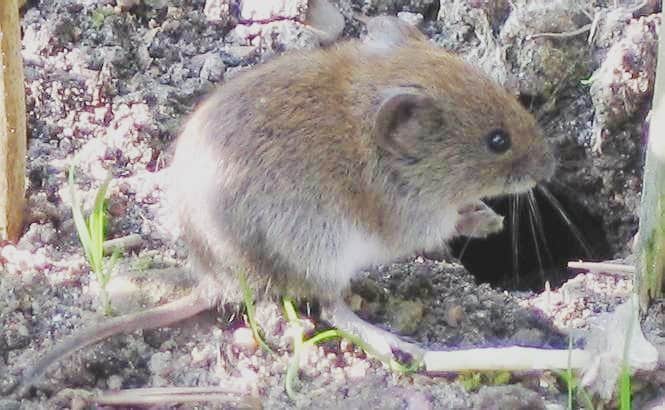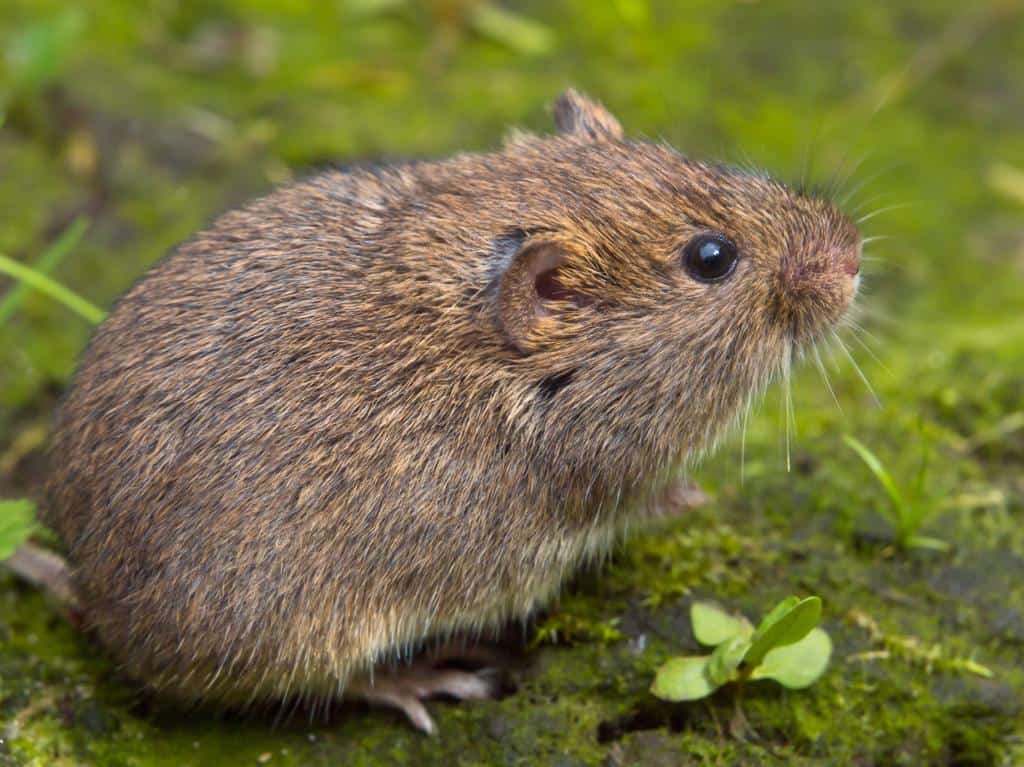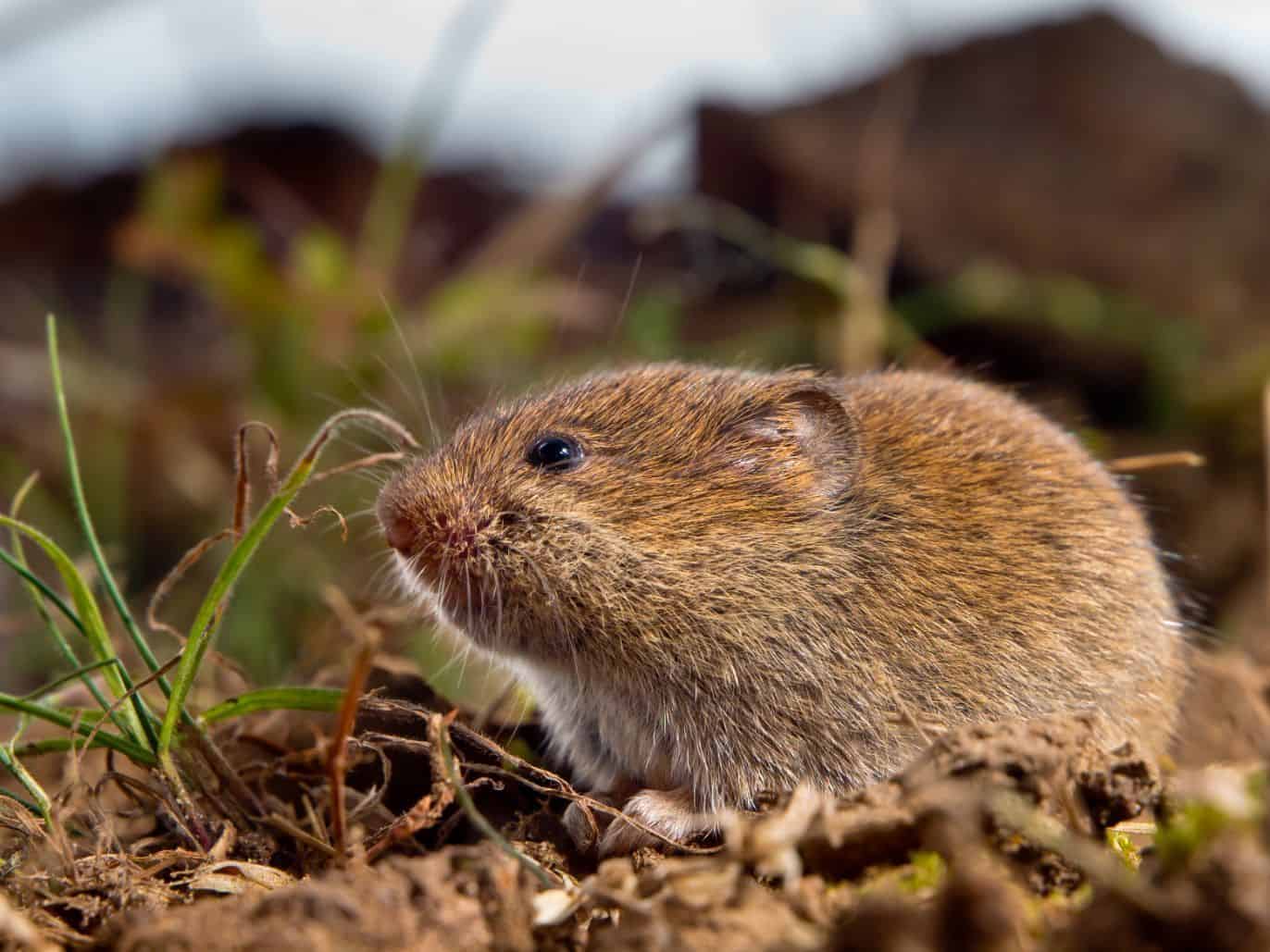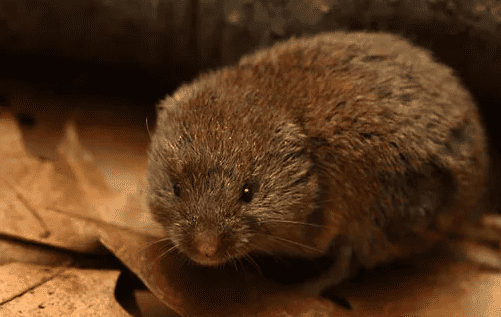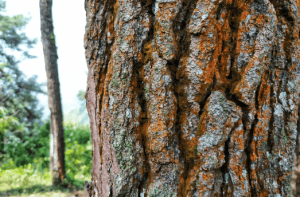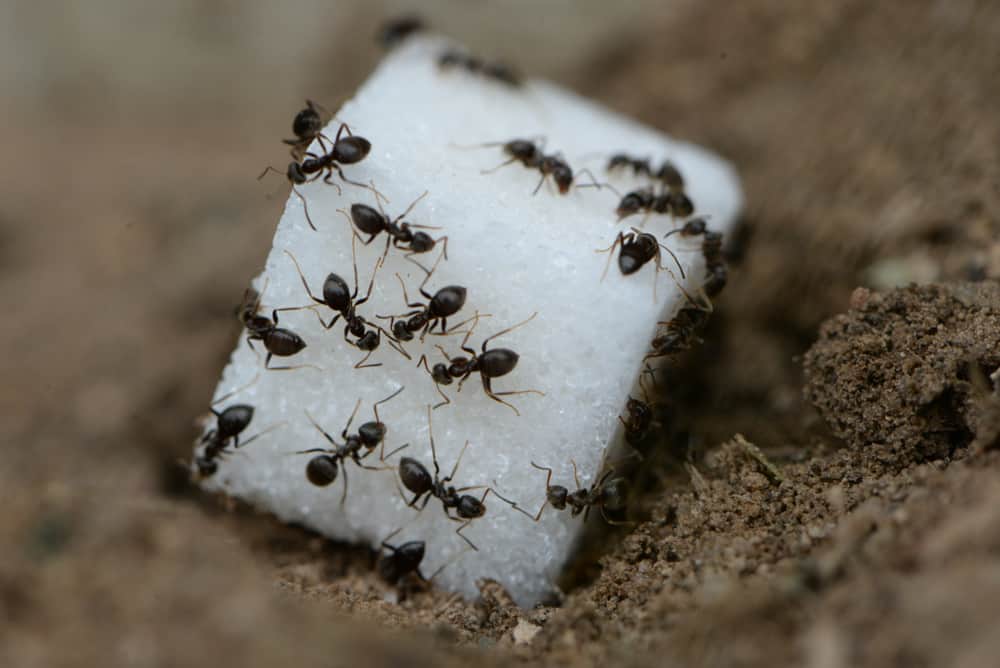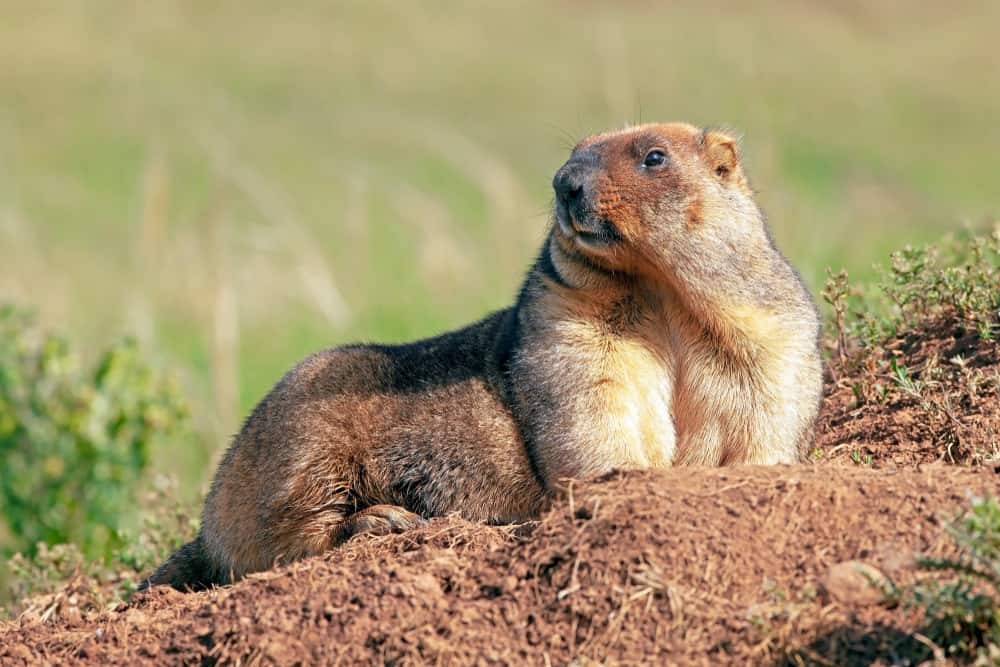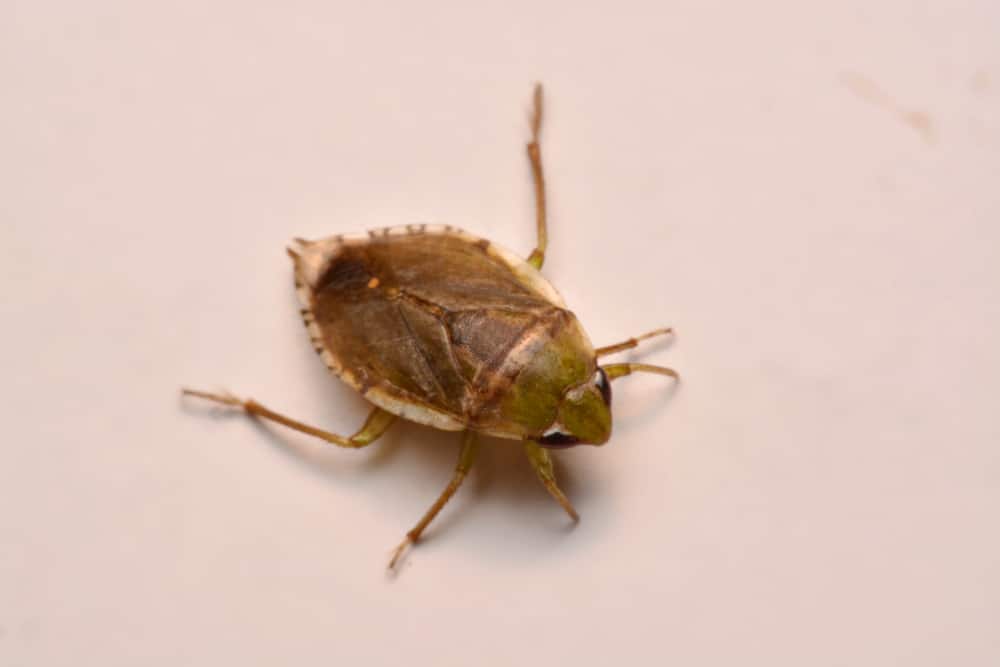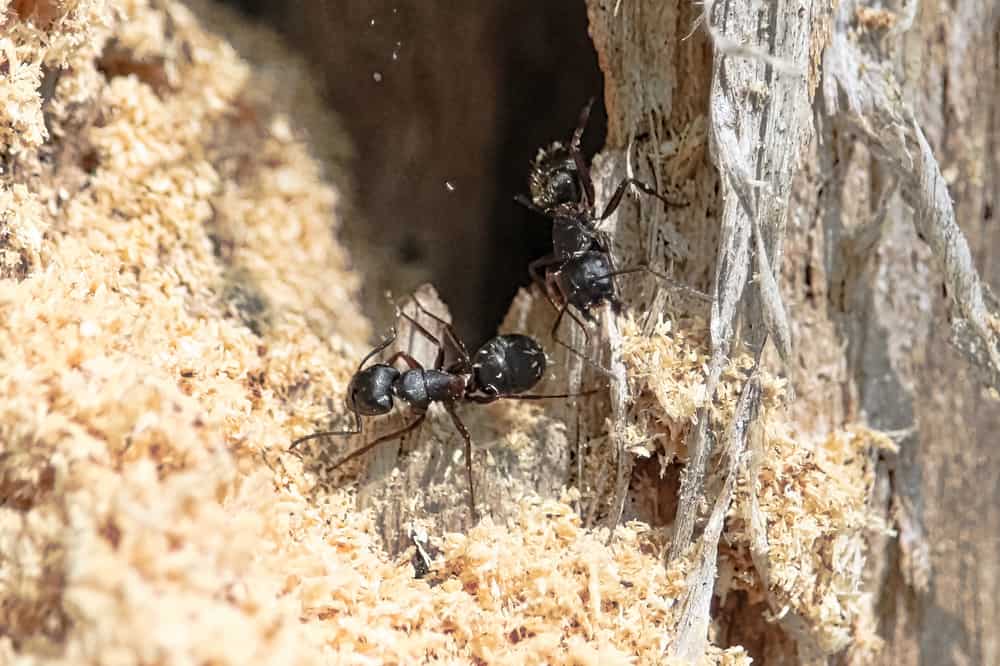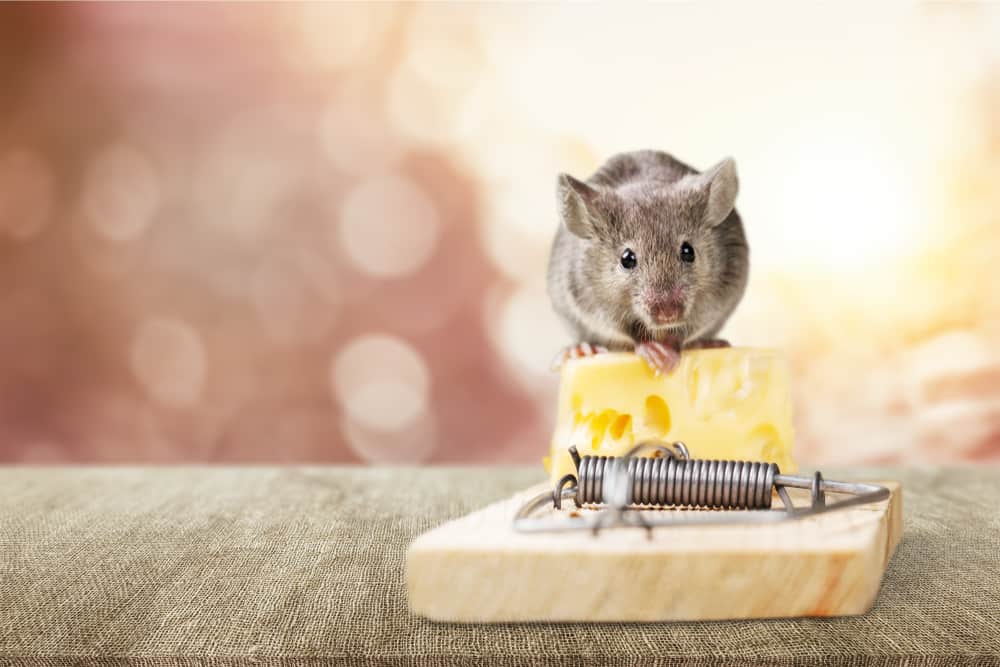Have you ever stepped into your beloved garden, only to discover a network of tunnels and unsightly trails carved into your carefully tended landscape?
If so, you may be dealing with the pesky presence of voles.
These small, burrowing rodents can wreak havoc on gardens, lawns, and ornamental plants, causing frustration for many gardeners and homeowners.
From understanding vole behavior and their impact on your garden to how to get rid of them, we’ll explore a range of practical methods and techniques to tackle your vole problem head-on.
What Are Voles?
Voles are a species of rodent native to the Northern Hemisphere. They are commonly found across Europe and North America.
They are closely related to lemmings and muskrats, making up the scientific subfamily Arviolinae. While not considered part of the same subfamily, voles are also cousins to hamsters and the various species of mice and rats native to the Americas.
Despite the name, voles are not related to moles.
However, they do demonstrate similar behavioral patterns by primarily digging underground and eating roots.
Unlike moles though, voles don’t spend all of their lives underground.
This makes them vulnerable to a host of predators that include:
- birds of prey
- Foxes and coyotes
- Snakes
- Big cats like lynxes.
Even if they manage to evade all these predators, voles won’t typically live for more than a year.
Signs of Voles in Your Yard
Before you begin the process of removing voles in your yard, it’s important to look for signs that they are actually in the area. While the damage they leave is similar to the molehills and tunnels left by other burrowing animals, there are some crucial differences.
Vole tunnels are found close to the surface of the ground and are roughly 2 inches wide.
The entry points for these tunnels are rarely found in the open, and will likely be closer to dense brush.
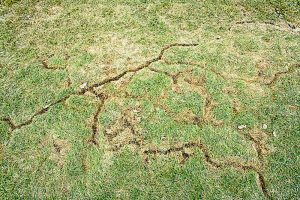
Mounds of dirt aren’t indicative of voles. These are either a sign of mole activity (molehills are conical) or gopher activity (gopher mounds are fan-shaped).
Typically, the trails left by voles are first visible in late winter or early spring. During the winter months, voles will carve tunnels and pathways along the surface to make navigating through the snow easier.
Once the snow melts, these trails are plainly seen on the grass.
How To Get Rid of Voles in Your Yard
Once you’ve identified voles as the cause of the damage to your garden, you can take steps to remove them.
You could always hire an exterminator or buy traps, but those methods may not be the most humane.
Here are some steps you can follow to get rid of voles without having to kill them:
Surveillance: Before you do anything else, you should try to monitor the activity of the voles. This way, you can gather which tunnels and entryways they frequent the most. Voles are most active between dusk and dawn, so night vision cameras are a helpful tool.
Eliminate the Environment: Voles, like all animals, settle in a given territory if the environment suits their needs. You can make your yard less inviting to them by routinely mowing your lawn, clearing excess brush and removing any wood piles, or adding gravel into your yard.
This gives the voles fewer places to hide, making them more vulnerable to predators.
Fencing: Fences are a great way to prevent voles from sneaking into your yard or garden, provided that they are tall enough. Ideally, a fence should be 1 foot into the ground and at least 18 inches tall on the surface. That way, it’s too deep for the voles to tunnel under and too high for them to climb.
Vole Repellent
Voles, like all small pests, are deterred by a variety of things. Most pest repellants take advantage of an animal’s sense of smell, so voles are just as susceptible to things like scented oils as other pests.
Predator urine is commonly used to remove vermin from a given area. The scent of the urine (coyote and fox urine are the most widely available products) imitates a predator marking its territory, and voles will flee the area out of instinct. It’s recommended to spray your yard with predator urine at least once a week, so the voles don’t become desensitized to it.
Keep in mind that predator urine can have the unintended side effect of welcoming predatory animals into the area, so take caution when using it.
Motion sensors can irritate voles, too. Since they are most active at night, voles are frightened by light sensors. Other sensors can be planted in the ground and emit ultrasonic vibrations, irritating the rodents and driving them away.
Scented objects can have an impact on voles, too. Objects like castor oil, garlic, and ammonia will overwhelm a vole’s olfactory nerves, and routine exposure will force them to leave for good. The smell of certain plants, like roses or daffodils, will also work.
Does Juicy-Fruit Gum Kill Voles?
It’s rumored that Juicy-Fruit gum can help kill any voles taking up residence in a yard or garden. Since voles aren’t built to ingest gum, the gum will clog up their digestive tract and eventually kill them.
However, according to one gardening forum, the method isn’t all that reliable.
Evidently, the gum has to be unwrapped and placed in the ground without coming in contact with your hands–easier said than done.
And there’s no guarantee that the Vole will even take the bait.
What Do Voles Eat?
Voles are small rodents that primarily feed on plant materials. Their diet consists mainly of grasses, roots, bulbs, tubers, seeds, and the bark of trees and shrubs.
Here are some specific examples of what voles eat:
Grasses and Herbs: Voles consume various types of grasses and herbaceous plants, including their stems, leaves, and seeds.
Roots and Tubers: Voles are known to feed on the roots and tubers of plants. They can cause damage to crops like potatoes, carrots, and other underground plant parts.
Bulbs and Corms: Voles have a particular affinity for bulbs and corms of plants, such as tulips, lilies, and other flowering bulbs. They may dig and eat these underground storage structures.
Tree Bark: In winter, when other food sources are scarce, voles can gnaw on the bark of trees and shrubs. This behavior can cause significant damage to the health and survival of young trees.
Seeds and Grains: Voles may also consume seeds and grains that are accessible to them, including those found in gardens, bird feeders, or agricultural fields.
It’s important to note that the diet of voles can vary depending on their habitat and the availability of food sources. In some cases, they may opportunistically feed on insects or small invertebrates if plant materials are scarce.
Are Voles Dangerous?
Voles are generally not considered dangerous to humans. They are small rodents and are not known to pose a direct threat to people. Voles are more focused on their natural diet of plant materials and do not typically exhibit aggressive behavior toward humans.
Though keep in mind that Voles may create extensive tunnel systems in lawns or fields, which can result in uneven ground, damage to grassroots, or tripping hazards.
It’s worth noting that voles are not carriers of major diseases that can be transmitted to humans, unlike some other rodents.
However, it is always important to practice good hygiene when dealing with any wild animal, including voles, to minimize the risk of potential infections or diseases.
